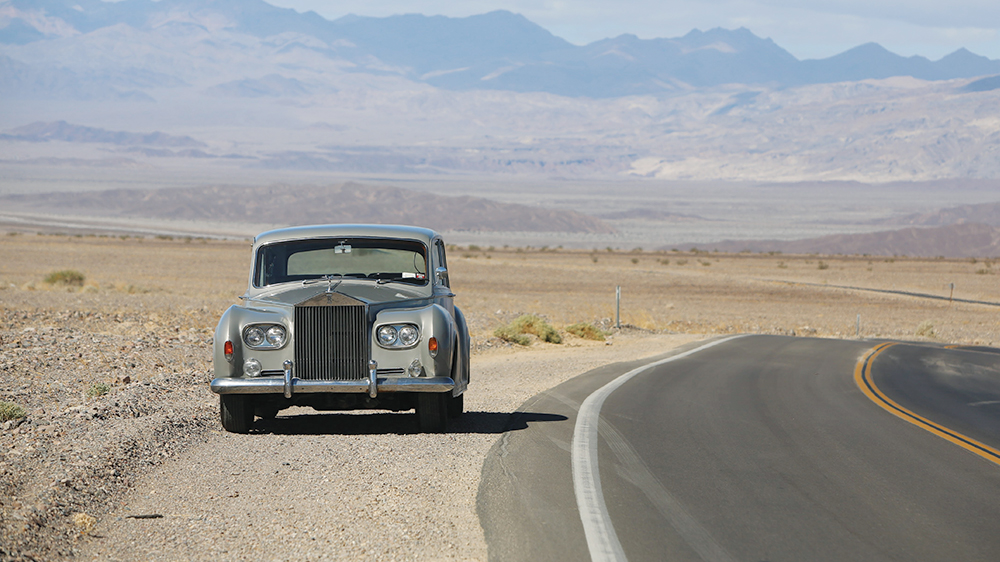Elvis Presley’s 1963 Rolls-Royce Stars in New Documentary
By Valentina I. Valentini
LOS ANGELES (Variety.com) – Eugene Jarecki didn’t set out to make Elvis Presley documentary “The King” a road-trip film, but as soon as production ramped up, he and his team realized it would be almost impossible not to. “In my mind there was always [such a] trip in the abstract,” says the director, known for poignant docs on the American condition like “Freakanomics,” “The House I Live In” and “Why We Fight.” “,” which premiered at Sundance and made its international debut in Cannes, will be released commercially courtesy of Oscilloscope on June 22, almost 41 years after the singer’s death.
What wound up on-screen was a movie that was not only about the rise and fall of Elvis but also a metaphor for the rise and fall of the American dream — a story that retraced the trajectory of Presley’s life, traveling through inner cities and the heartland, from Tupelo, Miss., to Memphis to Las Vegas to Beverly Hills.
Thus, the road trip was born — and by divine happenstance Elvis’ 1963 Rolls-Royce came up for auction. The producers bought it, hoping to resell it after production to correct the dent it made in their budget. They outfitted the car with cameras and took it across the U.S., picking up musicians such as M. Ward and Emmylou Harris along the way and putting them in the back seat, which they modified into a small recording studio. Celebrity guests such as Ethan Hawke and Alec Baldwin rode shotgun, reminiscing about Elvis and the country he left behind.
The film was always ambitious. In addition to recording live music in a moving car, Jarecki listened to the suggestion of one of his cinematographers, Étienne Sauret, that they shoot in the original widescreen Cinemascope format.
“Étienne said to me, ‘This car is so wide and America is so big, there’s a harmony there,’” recalls Jarecki. “We wanted to make a movie like in the old days, where the horizon is endless. It’s Big Sky country.”
Because it was a documentary, Jarecki always wanted to be actually driving the car and filming at the same time. This required inventive rigging techniques — created by Sauret and additional DP Thomas Bergmann — that involved Saran wrap and suction cups so as not to damage the car’s paint job.
Another key crew member was Wayne Gerster, officially road chief. Jarecki has known Gerster throughout his career and has counted on him to come to the rescue at the times when Jarecki has bitten off more than he can chew. “Wayne is just one of those Mr. Fix-It kind of people,” Jarecki says. “He’s incredibly talented and so much more than what you see in the film.”
The director likens the car to “a beautiful old royal grandmother who was constantly developing ailments.” He says it broke down about two dozen times over the course of the year and very often in the most unexpected conditions. “It would do brilliantly in the Rockies in deep snow, brilliantly in Death Valley, but it would overheat driving down Rodeo Drive.”
Most impressive was the sound quality they could get inside “the plush velvet machine,” as Jarecki calls it, comparing the car’s interior space to a classic 1950s recording studio. The crew captured music while the car was moving, then did a second, “clean” take. Almost every take they ended up using was from the live road recording.

